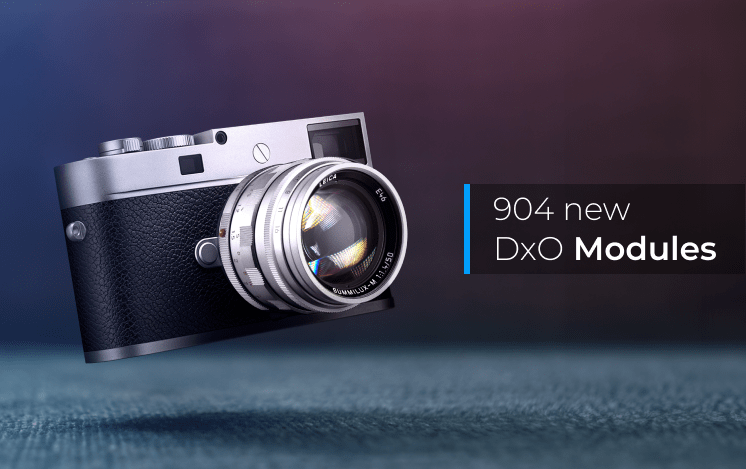
DxO’s latest Modules unlock next-level quality for today’s newest photography gear.
New DxO Modules enhance the latest gear from Canon, Nikon, Leica, Sigma, and Zeiss.
With this update, DxO offers image quality improvements for more than 104,000 camera and lens combinations.
DxO is proud to announce immediate support for the newest cameras and lenses from many of the industry’s leading manufacturers. DxO Modules are now available for Canon’s latest vlogging camera, the EOS R50 V, and Nikon’s newest full-frame mirrorless camera, the Z5 II.
In addition, a host of lenses are now included, covering new optics from Canon, Leica, Nikon, Sigma, and Zeiss. Highlights include Canon’s affordable wide-angle zoom for APS-C cameras, the RF-S 14-30mm F4-6.3, and Nikon’s new fast prime, the Nikkor Z 35mm F1.2 S.
The update also includes five lenses from Sigma — four for Canon RF-S mount and one for L-mount — and Leica’s much-anticipated refresh of the Summilux-M 50mm F1.4. Rounding off the list is the Zeiss Otus 50mm F1.4 for both Canon RF and Nikon Z mounts.
Available from today, these DxO Modules can be found in the following DxO software:
- DxO PhotoLab v8.7, v7.15, v6.22
- DxO PureRAW v5.2, v4.11, v3.21
- DxO ViewPoint v5.5, v4.25
- DxO FilmPack v7.16, v6.31
Each DxO Module is developed in DxO’s exclusive laboratory as a custom mathematical profile for a specific camera and lens. By precisely analyzing every focal length, focus distance, and aperture setting, DxO extracts the full potential of each setup to deliver exceptional image quality.
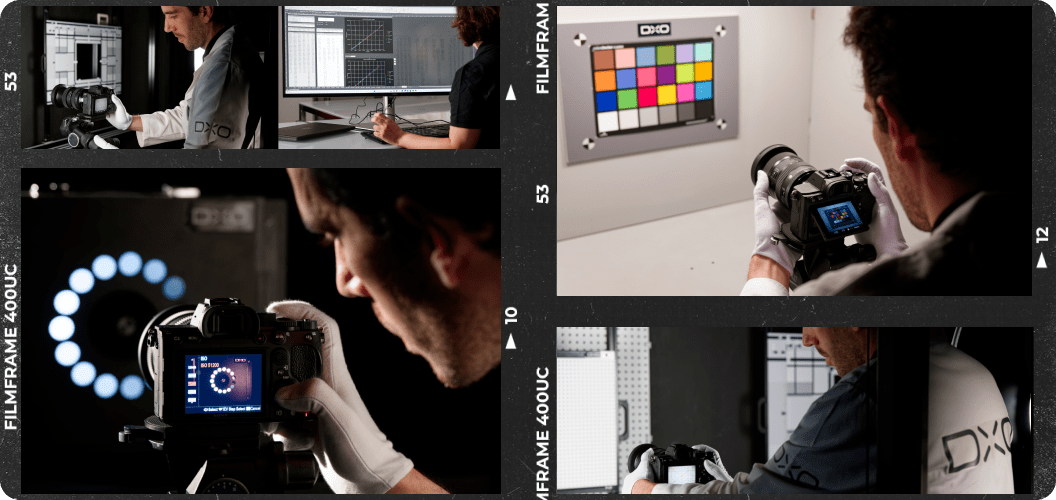

“Its lens corrections go much further than its rivals.”
DIGITAL CAMERA WORLD
Discover the cameras and lenses supported by DxO Modules here.
Do you want to add DxO Modules to your workflow?
DxO PhotoLab 8
DxO PureRAW 5

“Some of the most precise optical corrections in the industry.”
PETAPIXEL
The list in full. The latest profiles include the following cameras and lenses:

Cameras
- Canon EOS R50 V
- Nikon Z5 II

Lenses
- Canon RF-S 14-30mm F4-6.3 IS STM PZ
- Leica Summilux-M 50mm F1.4
- Nikon Nikkor Z 35mm F1.2 S
- Sigma 16mm F1.4 DC DN C (Canon RF-S)
- Sigma 23mm F1.4 DC DN C (Canon RF-S)
- Sigma 28-105mm F2.8 DG DN A (L-mount)
- Sigma 30mm F1.4 DC DN C (016) (Canon RF-S)
- Sigma 56mm F1.4 DC DN C (018) (Canon RF-S)
- Zeiss Otus 50mm F1.4 RF
- Zeiss Otus 50mm F1.4 Z

“DxO's lens and camera-calibrated corrections achieve results that can be hard to accomplish in other software.”
PCMAG
What is a DxO Module?
A DxO Module is an advanced mathematical model of unparalleled precision, meticulously crafted to capture the unique image quality characteristics of a specific camera and lens combination.
It encompasses “the truth” of the camera and lens combination. It refers to every physical characteristic of a particular sensor (noise, color response, etc) and of a particular lens (sharpness uniformity, distortion, vignetting, chromatic aberrations etc), all carefully measured in laboratory conditions.

“The best optical correction software there is.”
FSTOPPERS
Integrated seamlessly into DxO PhotoLab, PureRAW, ViewPoint, and FilmPack, DxO Modules unlock the full potential of your equipment.
Watch the video to find out more, or get the full story in depth.

“Market-leading one-click corrections.”
AMATEUR PHOTOGRAPHER
DxO Modules versus the competition: Testing the Leica Summilux M 50mm F1.4
DxO Modules regularly surpass competing software, delivering crisp files that are consistent across the frame. Check out the recent tests DxO performed in its laboratory after analyzing the Leica Summilux M 50mm F1.4
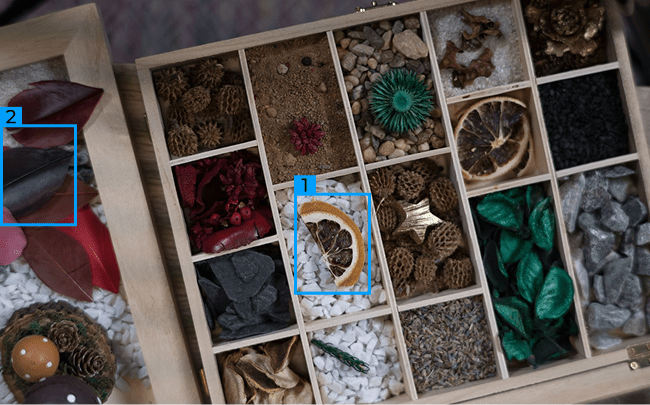

DETAIL 1


Camera

Competitor (Lr)

DxO Modules

DETAIL 2

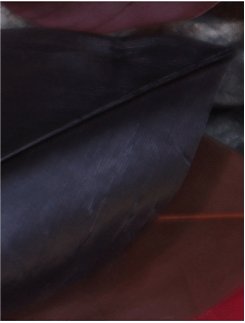
Camera
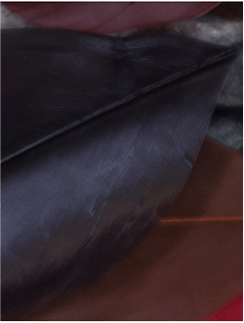
Competitor (Lr)
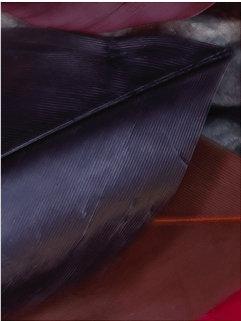
DxO Modules
With the power of DxO Modules, nature photographer Stefan Forster captures even better images.

Professional photographer Stefan Forster prefers to spend time creating photos rather than editing, and it’s no surprise that DxO Modules are a critical part of his workflow.
DxO Modules get the best performance from his equipment, giving him greater freedom when photographing, and achieving fantastic results — especially when creating panoramas.
“I use both my camera and my drone to make rows of pictures. Without the unique edge sharpening and vignette removal, stitched images are uneven and spoiled by banding. DxO Modules are indispensable!”


